
 Mr. Swapnil Bhowmick
Mr. Swapnil Bhowmick
What is Lung Cancer? | Types of Lung Cancer | Symptoms and causes
What is Lung Cancer?
Lung cancer is a type of cancer that develops in lung tissues, most commonly in the cells that line the airways. It is the leading cause of death from cancer in both men and women. Small cell lung cancer and non-small cell lung cancer are the two most common types. These two types develop and are treated differently. The most common type is non-small cell lung cancer. Although smoking is a major risk factor, not everyone who develops lung cancer has a smoking history. Lung cancer can be fatal, but early detection and treatment are improving the prognosis.
Types of Lung Cancer
Non-small cell lung cancer and small cell lung cancer are the two most common forms of lung cancer. They differ in cell size, as viewed via a microscope.
Non-Small Cell Lung Cancer (NSCLC)
Non-small cell lung cancer accounts for around 84 percent of all cases in the United States. There are three sorts of subtypes:
adenocarcinoma
Squamous cell carcinoma
carcinoma of the big cell
Small Cell Lung Cancer
Small cell lung cancer accounts for around 13% of all lung cancer cases in the United States. This form of lung cancer grows faster than non-small cell lung cancer.
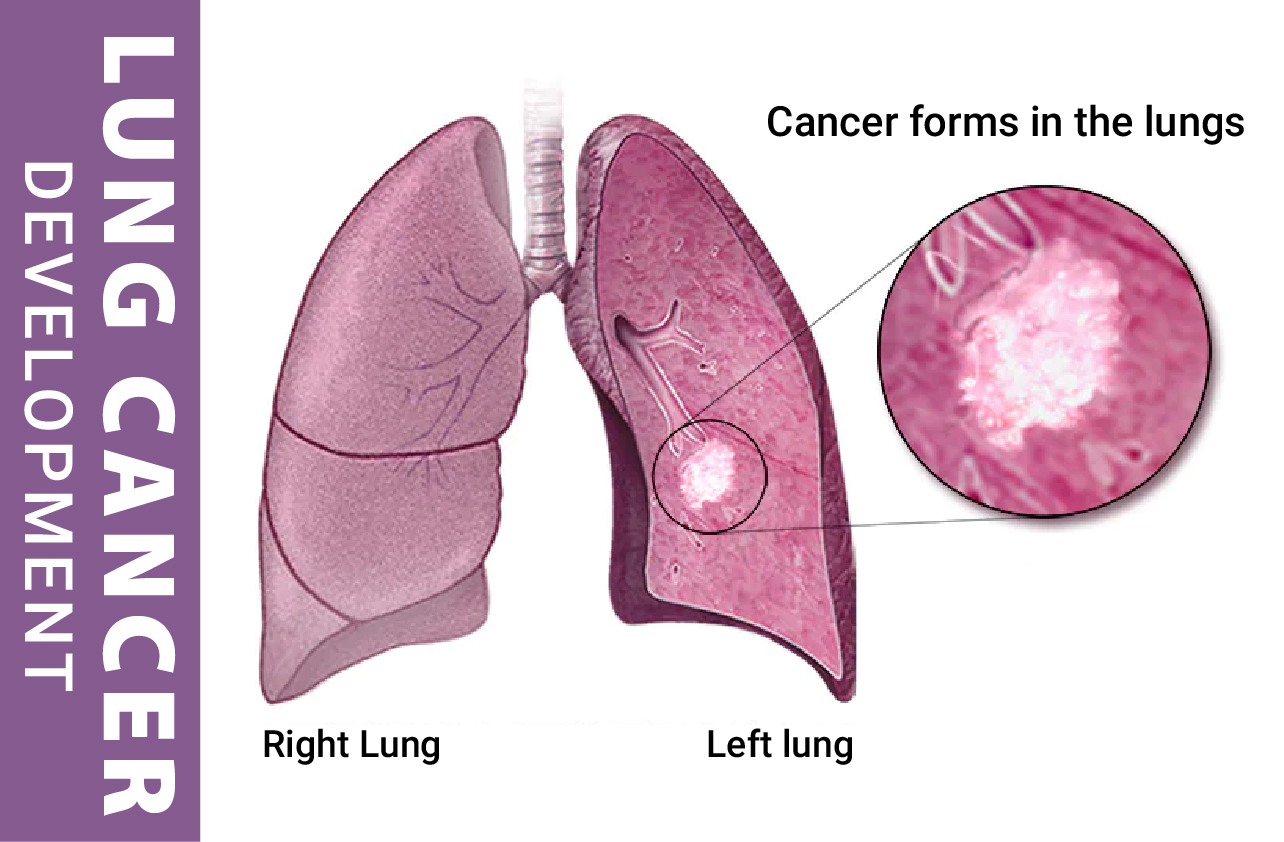
Who are at Risk of Developing Lung Cancer?
Lung cancer can affect anyone. However, some things increase your chances of developing it. These are:
Smoking: This is the single most important risk factor for developing lung cancer. Tobacco usage is responsible for around 9 out of 10 cases of lung cancer in males and approximately 8 out of 10 incidences of lung cancer in women. The sooner you begin smoking, the longer you smoke, and the more cigarettes you smoke each day, thus the greater is your chance of developing lung cancer. The risk is further increased if you smoke frequently, consume alcohol on a daily basis, or take beta carotene supplements. If you have quit smoking, your risk is lower than if you have continued to smoke. However, you will still be at a higher risk than persons who have never smoked.
Passive smoking: It is the mixture of smoke emitted by a cigarette and smoke exhaled by a smoker. You are exposed to the same cancer-causing chemicals as smokers when you inhale them, albeit in lesser doses.
Lung cancer in the family
Workplace exposure to asbestos, arsenic, chromium, beryllium, nickel, soot, or tar
Being exposed to radiation, such as through breast or chest radiation therapy
Radon contamination in the home or workplace
Imaging examinations like CT scans.
Infection with HIV
Pollution in the atmosphere
What are the Signs & Symptoms of Lung Cancer?
Lung cancer does not always show any signs or symptoms. It might be discovered through a chest x-ray for another disease.
If you do experience symptoms, they may include:
Pain or discomfort in the chest
Cough that does not go away or worsens over time
Breathing difficulties
Wheezing
Sputum with blood (mucus coughed up from the lungs)
Hoarseness
Appetite loss
Weight loss for no apparent cause
Fatigue
Having difficulty swallowing
Swelling in the face and/or neck veins
Stages of Lung Cancer
Cancer staging shows how far the disease has progressed throughout the body and how serious it is. Staging assists healthcare professionals and patients in determining the best course of therapy.
The most fundamental type of staging is as follows:
Localized, in which the cancer is contained to a certain anatomic region
Regional, in which the cancer has spread to neighboring tissues or lymph nodes, and
Distant, in which the cancer has spread to other regions of the body.
The TNM staging method is similar to this. Healthcare specialists examine the tumor to determine its size and spread, if it has affected the lymph nodes and whether it has spread elsewhere.
Non-Small Cell Lung Cancer Stages
Tumor size and spread are commonly used by healthcare practitioners to characterize the phases of non-small cell lung cancer, as follows:
Occult/Hidden Cancer: The cancer is occult, or concealed, since it does not show up on imaging scans, although malignant cells may emerge in phlegm or mucus.
Stage 0: Only the top layers of cells lining the airways have aberrant cells.
Stage 1: A tumor exists in the lung, but it is 4 centimeters (cm) or less in size and has not migrated to other areas of the body.
Stage 2: The tumor is 7 cm or less in size and has maybe spread to surrounding tissues and lymph nodes.
Stage 3: The cancer has progressed to the lymph nodes and other areas of the lung and surrounding region.
Stage 4: The cancer has progressed to distant regions of the body, such as the bones or the brain.
Small Cell Lung Cancer Stages
Small cell lung cancer has its own classification system. The phases are restricted and extensive, and they indicate whether the cancer has progressed within or outside of the lungs.
Colon Cancer status in India
How is Lung Cancer Diagnosed?
Your doctor may use a variety of methods to make a diagnosis of lung cancer, including:
A medical history, including questions regarding your symptoms
A family tree
A physical examination
Imaging studies, such as a chest x-ray or a CT scan of the chest
Blood and sputum testing are examples of lab tests.
A lung biopsy
If you do have lung cancer, your doctor will perform more tests to determine how far it has gone through your lungs, lymph nodes, and the rest of your body. This is referred to as staging. Knowing the type and stage of lung cancer you have aids your provider in determining the best course of treatment for you.
What are the Treatments for Lung Cancer?
Current therapies do not cure lung cancer in the majority of patients.Your therapy will be determined by the type of lung cancer you have, the extent to which it has spread, your general health, and other variables. You might receive more than one form of therapy.
Small cell lung cancer therapies include:
Surgery
Chemotherapy
Radiation treatment
Immunotherapy
Laser treatment, which employs the use of a laser beam to destroy cancer cells
Stent implantation through endoscopy. An endoscope is a narrow, tube-like tool that is used to examine tissues within the body. It may be used to insert a device known as a stent. The stent aids in the opening of an airway that has been obstructed by aberrant tissue.
Non-small cell lung cancer therapies include:
Surgery
Radiation treatment
Chemotherapy
Targeted treatment, in which medicines or other chemicals are used to attack specific cancer cells while causing less harm to normal cells.
Immunotherapy
Laser treatment is a type of therapy that uses laser
Photodynamic therapy (PDT) is a cancer-killing treatment that employs a medication and a specific type of laser light.
Cryosurgery, which involves the use of a device to freeze and kill aberrant tissue.
Electrocautery is a therapy that destroys aberrant tissue by heating a probe or needle with an electric current.
References:

Mr. Swapnil Bhowmick
A motivated student of Medicine & Surgery (MBBS) at R. G. Kar Medical College & Hospital, Kolkata, having a knack for reading and composing medical literature. When he's not writing content for MEDtalks, Swapnil is usually looking up the latest trends and innovations in Medicine.

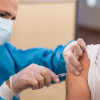
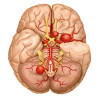

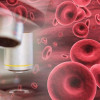
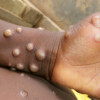
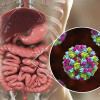



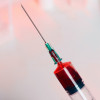
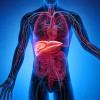
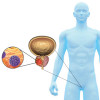


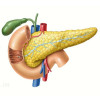
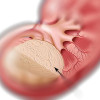
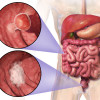


Please login to comment on this article